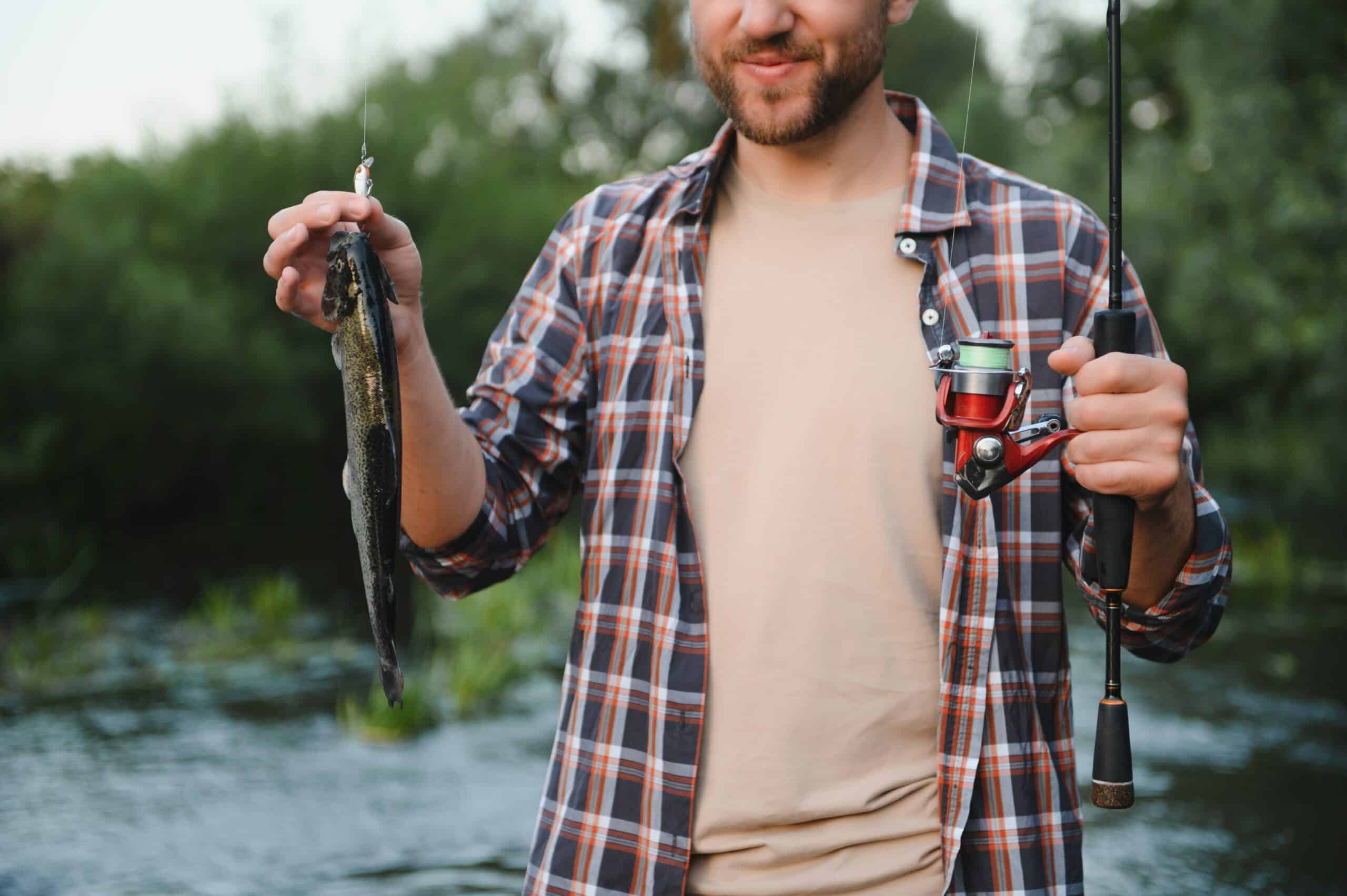What are the 4 Types of Fishing Reels?
Key Takeaways
- Spinning reels are the most popular and versatile type of fishing reel, suitable for freshwater and saltwater fishing.
- Baitcasting reels offer greater control and accuracy, but require more skill to use effectively.
- Spincasting reels are beginner-friendly and perfect for beginners, but have limitations and are not suitable for larger fish or saltwater fishing.
Fishing reels are essential tools for anglers, allowing them to cast their lines and reel in fish. There are various types of fishing reels available, each designed for specific fishing applications and preferences. In this article, we will explore and discuss the four main types of fishing reels.
1. Spinning Reels
Spinning reels are the most popular and versatile type of fishing reel. They are widely used by anglers of all skill levels due to their ease of use. Spinning reels have a fixed spool that allows the line to unwind freely during casting. They are ideal for casting lightweight lures and baits and are suitable for freshwater and saltwater fishing.
One of the key advantages of spinning reels is their versatility. They can handle a wide range of fishing techniques, including casting, jigging, and live bait fishing. Spinning reels also offer a smooth drag system, allowing anglers to easily control the line tension during a fight with a fish. Additionally, they come in various sizes to accommodate different line weights and fish species.
For more information on spinning reels, you can visit sportfishingbuddy.com.
2. Baitcasting Reels
Baitcasting reels are known for their power and control, making them popular among experienced anglers. Unlike spinning reels, baitcasting reels have a revolving spool that requires manual thumb control during casting. This design allows for precise lure placement and greater casting distance.
While baitcasting reels offer greater control and accuracy, they do require more skill to use effectively. The angler must master the technique of “thumbing” the spool to prevent backlash, which occurs when the line tangles on the spool. However, with practice, baitcasting reels can provide superior casting distance, power, and the ability to handle larger fish species.
To learn more about baitcasting reels, you can visit anglers.com.
3. Spincasting Reels
Spincasting reels, also known as closed-face reels, are designed for ease of use and are perfect for beginners. They have a covered spool and a simple push-button mechanism for casting. Spincasting reels are commonly used for freshwater fishing and are suitable for targeting smaller fish species.
While spincasting reels are beginner-friendly, they do have some limitations. They are not as versatile as spinning or baitcasting reels and are not suitable for larger fish or saltwater fishing. However, they are an excellent option for beginners who are just starting their fishing journey.
4. Fly Fishing Reels
Fly fishing reels are specifically designed for fly fishing, a unique angling technique that involves casting lightweight artificial flies. These reels are typically lightweight and feature a large arbor design to hold the thick fly fishing line. They have a smooth drag system to control the line during fights with fish.
Unlike other types of fishing reels, the primary purpose of a fly fishing reel is to store the fly line and provide a smooth retrieval when necessary. The drag system in fly fishing reels is not as crucial as it is in spinning or baitcasting reels since the angler relies on their skill to control the line during fights with fish.
If you want to explore more about fly fishing reels, you can visit sportfishingbuddy.com.
Conclusion
In conclusion, the four main types of fishing reels are spinning reels, baitcasting reels, spincasting reels, and fly fishing reels. Each type has its own advantages and applications, catering to different fishing techniques, skill levels, and preferences. As an angler, it’s important to choose the right reel that suits your needs and the specific fishing conditions you’ll encounter.
Related Websites:
FAQs:
Q: What are the advantages of spinning reels?
Spinning reels are popular due to their versatility and ease of use. They are ideal for beginners and those who prefer a simpler fishing experience. Spinning reels offer excellent casting distance, smooth line retrieval, and are suitable for a wide range of fishing techniques and situations.
Q: When should I use a baitcasting reel?
Baitcasting reels are best suited for experienced anglers who require more control and precision. They excel in situations that demand accurate casting and handling heavier lures. Baitcasting reels are commonly used for bass fishing, trolling, and targeting larger freshwater species.
Q: What makes spincasting reels a good choice?
Spincasting reels are perfect for beginners and casual anglers who value simplicity and ease of use. They feature a closed face design with a push-button release, making them tangle-free and straightforward to operate. Spincasting reels are ideal for light to medium fishing applications, such as freshwater fishing and panfish.
Q: Why should I consider using a fly reel?
Fly reels are specifically designed for fly fishing, a technique where the weight of the line propels a lightweight fly. They offer precise drag control, enabling anglers to fight and land fish effectively. Fly reels are commonly used in freshwater and saltwater environments, particularly for targeting trout, salmon, and various game fish.






